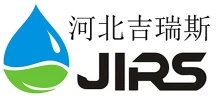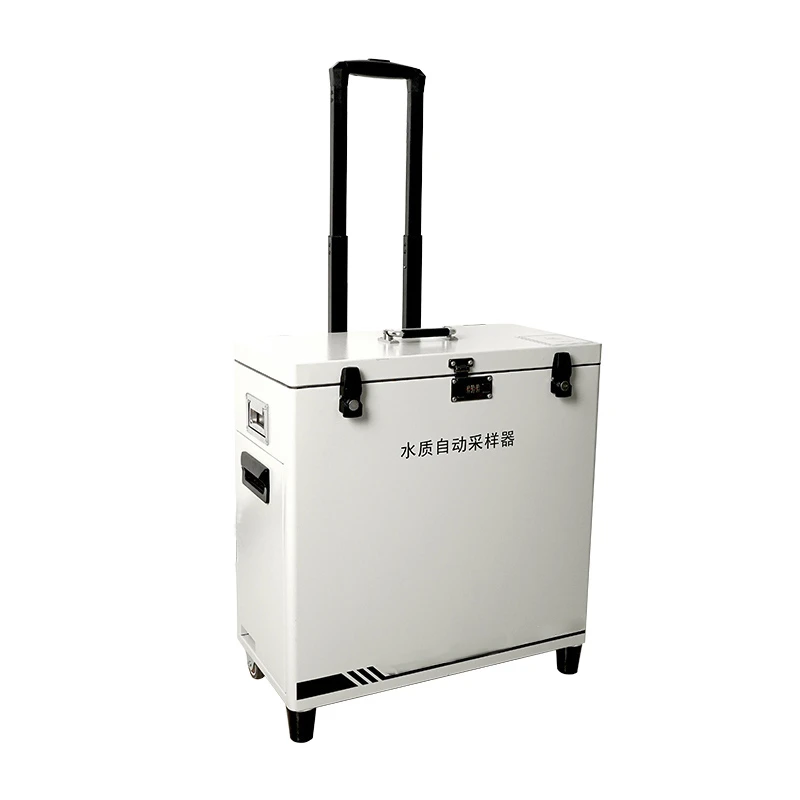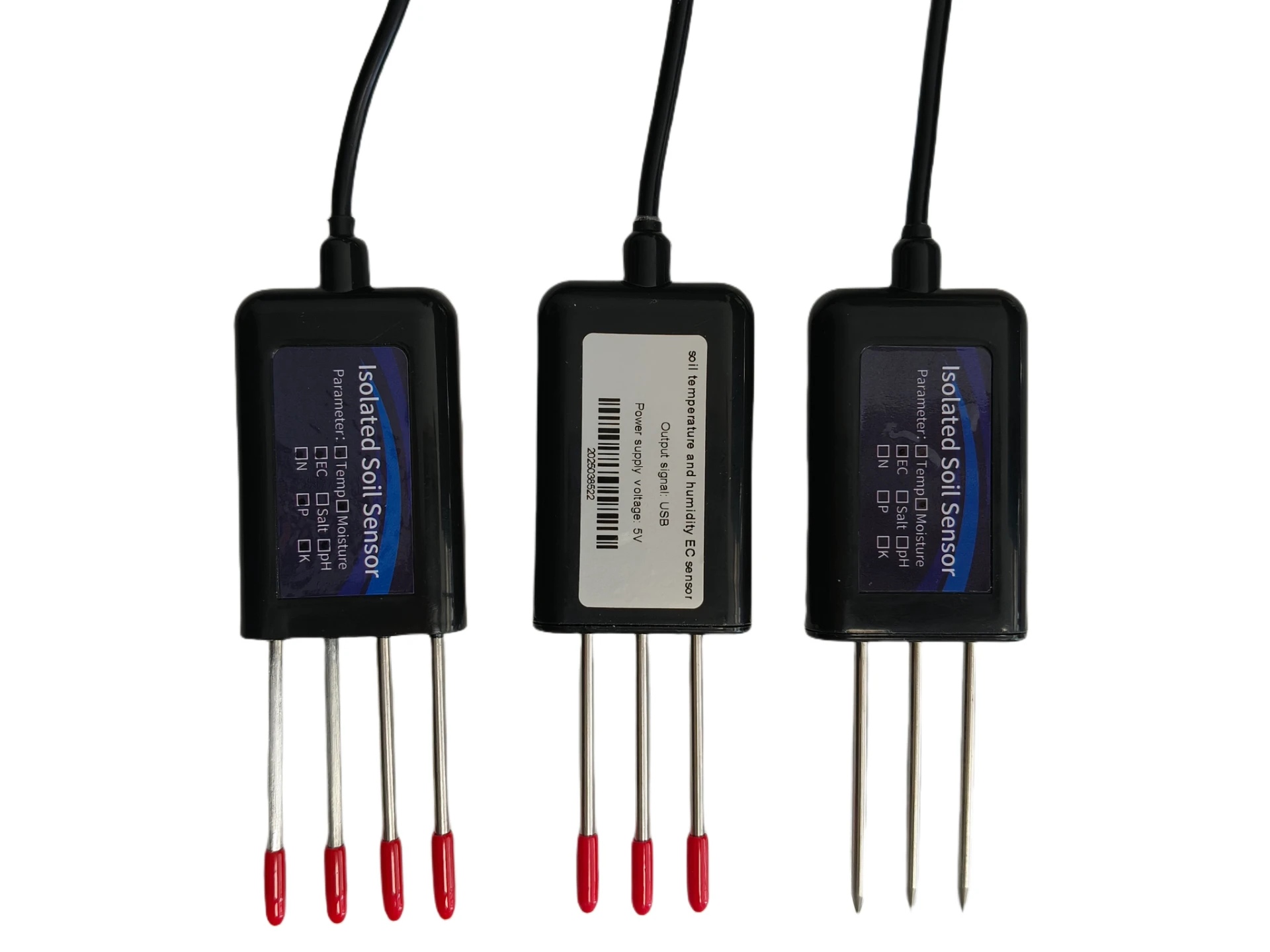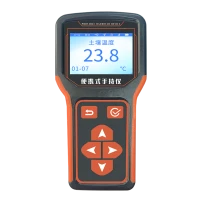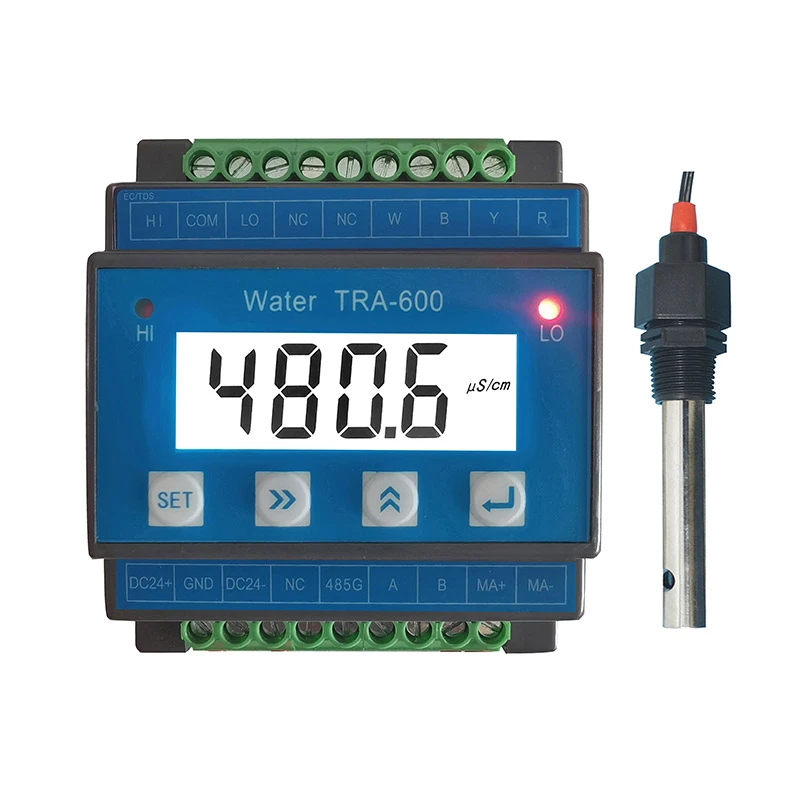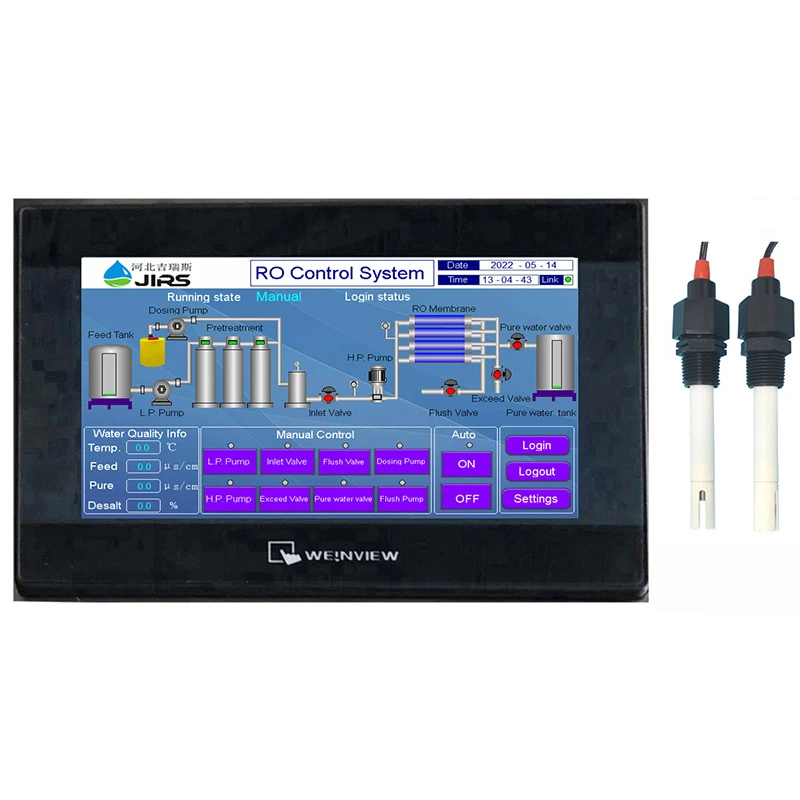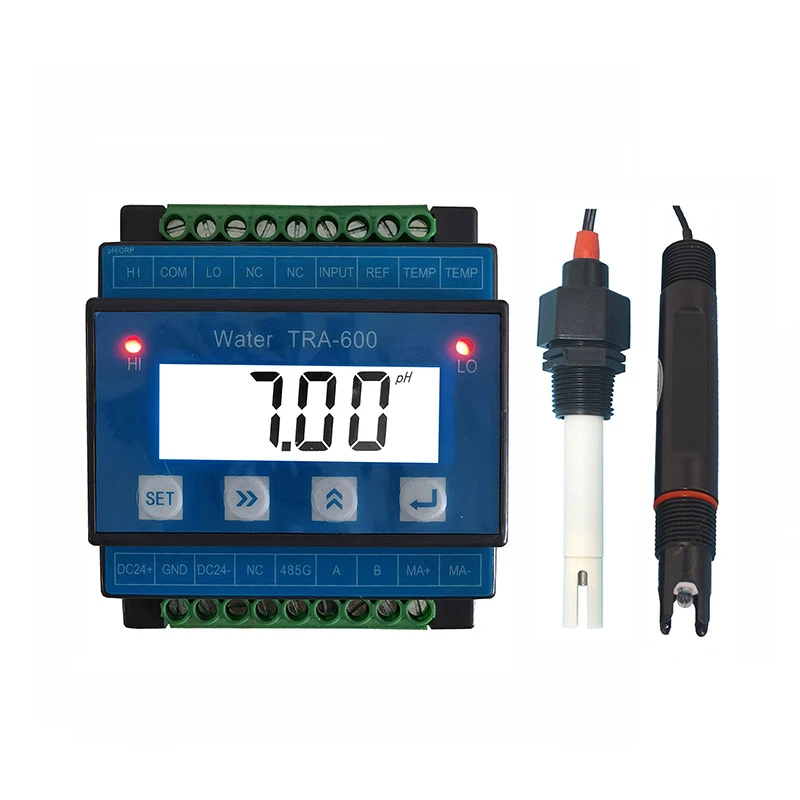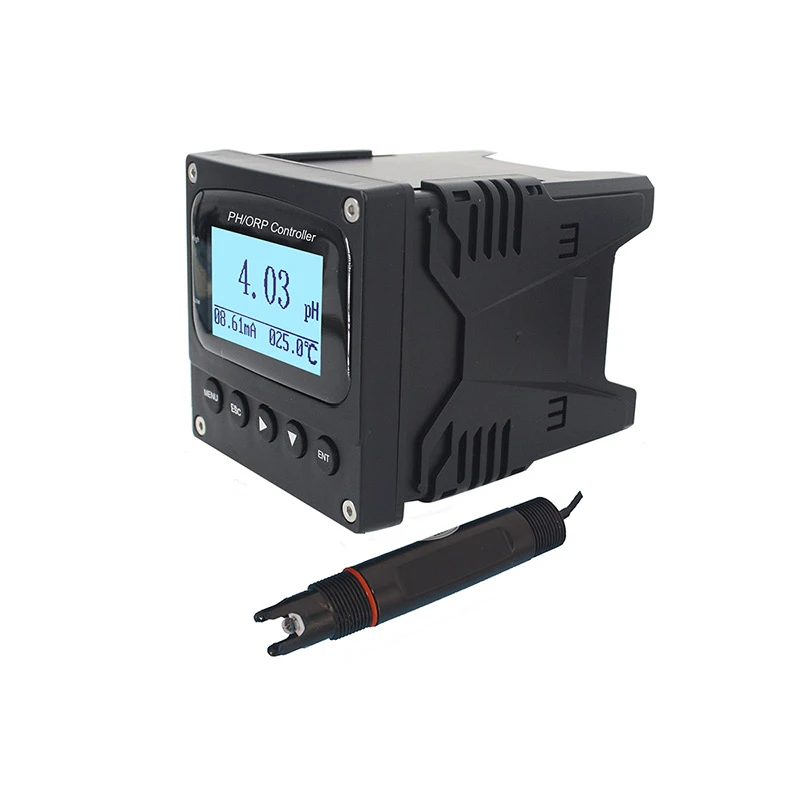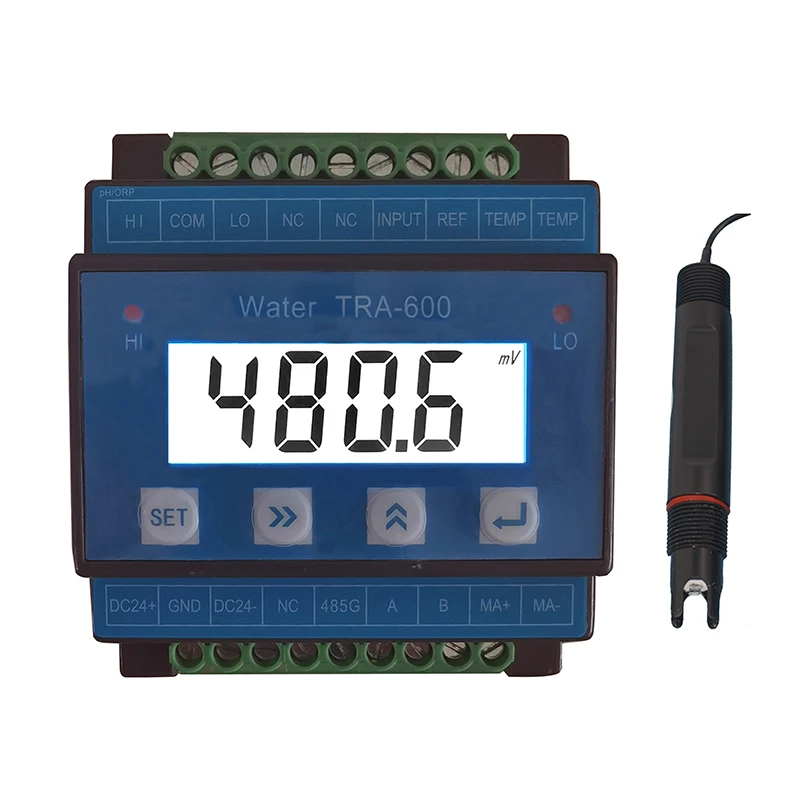

CR-102H: High-Performance & Reliable Industrial Module
CR-102H: High-Performance & Reliable Industrial Module
Mastering Conductivity: An In-Depth Look at the CR-102H High-Temperature Sensor
Navigating High-Temperature Environments: Industry Trends in Conductivity Measurement
In the evolving landscape of industrial process control, the demand for precise and reliable measurement tools in extreme conditions has never been higher. Industries such as petrochemicals, power generation, metallurgy, and pulp & paper consistently grapple with environments characterized by high temperatures, aggressive chemicals, and fluctuating pressures. Within this challenging context, the accurate measurement of electrical conductivity—a fundamental parameter reflecting the concentration of dissolved ionic species in a solution—is critical for process optimization, quality control, environmental compliance, and plant safety. Traditional conductivity sensors often falter under such strenuous conditions, leading to inaccurate readings, frequent maintenance, and costly downtime. This necessitates the adoption of advanced, robust solutions capable of withstanding these demanding environments while delivering consistent, high-fidelity data. The global market for process analytical technology (PAT), which includes advanced sensors like the CR-102H, is projected to grow significantly, driven by an increasing emphasis on automation, real-time monitoring, and the imperative for operational efficiency. For instance, the global process analytical technology (PAT) market size was valued at USD 2.6 billion in 2022 and is expected to grow at a compound annual growth rate (CAGR) of 10.5% from 2023 to 2030, according to Grand View Research, highlighting the robust demand for specialized sensors. The ability of a sensor to provide stable, accurate readings at elevated temperatures, often exceeding 100°C, is no longer a luxury but a fundamental requirement for modern industrial operations seeking to minimize waste, enhance product purity, and ensure regulatory adherence.
Unpacking the Power of CR-102H: Technical Parameters and Specifications
The CR-102H stands as a testament to engineering excellence, specifically designed to address the challenges of high-temperature conductivity measurement. This robust sensor is engineered to provide unparalleled accuracy and stability even in the most aggressive industrial media. Its design incorporates advanced materials and precision manufacturing techniques, ensuring longevity and consistent performance where standard sensors would fail. Understanding its core technical specifications is crucial for appreciating its capabilities and suitability for demanding applications. Its innovative design minimizes the effects of thermal expansion and chemical attack, ensuring the sensor maintains its cell constant accuracy over extended periods.
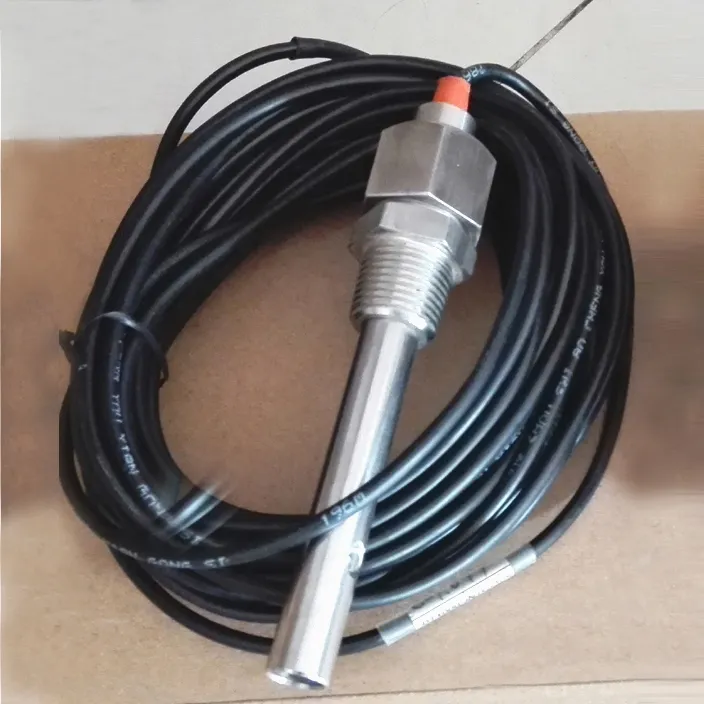
The robust design of the CR-102H sensor ensures stability in challenging environments.
CR-102H Key Specifications Table
| Parameter | Specification | Description / Benefit |
|---|---|---|
| Measurement Range | 0.01 μS/cm to 200,000 μS/cm (200 mS/cm) | Wide range suitable for diverse applications from ultrapure water to highly concentrated solutions. |
| Temperature Range | -10°C to 200°C (-20°C to 180°C for continuous operation) | Exceptional high-temperature resistance, critical for steam, boiler water, and high-temp chemical processes. |
| Pressure Rating | Up to 1.6 MPa (16 bar / 232 PSI) | Designed for robust performance under elevated system pressures. |
| Cell Constant | 0.1, 1.0, 10.0 cm⁻¹ (selectable/configurable) | Flexibility to optimize for different conductivity ranges and media types. |
| Materials of Construction | Sensor Body: PEEK (Polyether Ether Ketone), 316L Stainless Steel Electrodes: Graphite, Platinum, or Titanium (PVD coated) |
PEEK offers excellent chemical resistance and thermal stability; 316L SS for structural integrity; various electrode materials for specific chemical compatibility and accuracy. |
| Temperature Compensation | Integrated Pt1000/NTC10K RTD | Automatic temperature compensation ensures accurate readings regardless of process temperature fluctuations, referencing 25°C. |
| Process Connection | NPT 3/4", G 3/4", PG 13.5, Flange options | Versatile mounting options for easy integration into existing piping and vessel systems. |
| Cable Length | Standard 5m, custom lengths available | Flexibility for installation distance between sensor and transmitter. |
| Accuracy | ±1% of full scale (temperature compensated) | High precision for critical process monitoring and control. |
| IP Rating | IP68 (fully submersible) | Ensures complete protection against dust and prolonged immersion in water. |
Versatile Applications: Where CR-102H Shines
The unique capabilities of the CR-102H make it indispensable across a wide spectrum of industries. Its ability to maintain accuracy and integrity in aggressive, high-temperature media solves critical measurement challenges that conventional sensors cannot. Here are some prime application scenarios:
- Power Generation (Boiler Water & Steam Condensate): Monitoring the conductivity of boiler feed water, blowdown, and steam condensate is crucial to prevent scaling, corrosion, and turbine damage. The CR-102H excels in these high-temperature, high-pressure environments, ensuring optimal water chemistry for efficient and safe operation. This directly translates to significant energy savings by maintaining heat transfer efficiency and reducing the need for costly descaling procedures.
- Petrochemical & Chemical Processing: In processes involving caustic solutions, acids, or hydrocarbons at elevated temperatures, accurate conductivity measurement is vital for reaction control, purity analysis, and effluent treatment. The CR-102H's chemical resistance (especially with PEEK body) and high-temperature rating make it ideal for monitoring concentrations, detecting leaks, and ensuring product quality. Its robust construction ensures long-term performance even in the presence of highly corrosive media, extending sensor lifespan and reducing operational expenditure.
- Metallurgy & Mining: Monitoring wash water in metal refining, leachate in mining operations, or pickling baths requires sensors that can withstand harsh chemical attack and high temperatures. The CR-102H provides reliable data for process optimization and environmental compliance, especially in applications where metal contamination in water needs to be precisely tracked.
- Water & Wastewater Treatment: While many water treatment applications are ambient, some specialized processes, such as hot effluent streams, thermal sterilization, or specific industrial discharge monitoring, operate at elevated temperatures. The CR-102H ensures continuous, accurate monitoring, aiding in effluent quality control and regulatory compliance.
- Pharmaceutical & Biotech: For processes requiring hot water for injection (WFI) or clean-in-place (CIP) systems, maintaining specific conductivity levels is paramount for product integrity and regulatory adherence (e.g., USP guidelines for WFI). The CR-102H's hygienic design options and high-temperature capabilities are well-suited for these sterile environments, ensuring effective cleaning and process validation.
Technical Edge of CR-102H: Beyond Standard Performance
The technical advantages of the CR-102H are rooted in its meticulous design and material selection, addressing the fundamental limitations of standard conductivity sensors in challenging environments.
- Superior High-Temperature Resistance: Unlike many sensors limited to 100-120°C, the CR-102H operates reliably up to 200°C. This is achieved through the use of high-performance plastics like PEEK for the sensor body, which exhibits exceptional thermal stability and chemical inertness, coupled with robust sealing technologies. This allows for direct in-line measurement in hot process streams, eliminating the need for cooling coils and simplifying installation, thus reducing capital and operational expenditure.
- Exceptional Chemical Compatibility: The choice of PEEK, 316L Stainless Steel, and various electrode materials (e.g., graphite, platinum, or PVD coated titanium) provides broad resistance to acids, bases, solvents, and other aggressive media. This anti-corrosion capability extends the sensor's lifespan significantly in corrosive environments, minimizing replacement costs and downtime.
- Stable Cell Constant: The integrity of a conductivity sensor's cell constant is paramount for accuracy. The CR-102H's robust construction minimizes thermal expansion effects on the electrode spacing, ensuring a stable cell constant across its operating temperature range. This reduces the frequency of recalibration and enhances the reliability of continuous monitoring.
- Integrated Temperature Compensation: Featuring an embedded Pt1000 or NTC10K RTD, the CR-102H provides highly accurate automatic temperature compensation. This is critical because conductivity changes significantly with temperature (typically 1-3% per °C). By compensating to a standard reference temperature (e.g., 25°C), the sensor delivers normalized, comparable readings regardless of process temperature fluctuations.
- Durable & Low Maintenance: The rugged build of the CR-102H, adhering to standards like ISO 9001 for quality manufacturing, ensures long-term stability and minimal drift. This translates to reduced maintenance intervals, fewer calibrations, and lower total cost of ownership over its projected lifespan of 5-7 years, even in challenging industrial settings.
- Versatile Mounting Options: With various process connections (NPT, G, PG 13.5, flange options), the CR-102H offers high adaptability for seamless integration into diverse industrial systems, whether new installations or retrofits.
Distinguishing Quality: CR-102H vs. Standard Solutions
When selecting a high-temperature conductivity sensor, it's crucial to look beyond basic specifications. Many manufacturers offer "high-temperature" sensors, but not all are created equal in terms of durability, accuracy, and long-term stability in truly harsh environments. The CR-102H distinguishes itself through its specialized design and commitment to quality, a stark contrast to generic or less robust alternatives.
Comparison Table: CR-102H vs. Generic High-Temp Sensor
| Feature | CR-102H (Specialized) | Generic High-Temp Sensor (Typical) |
|---|---|---|
| Max. Continuous Operating Temp. | Up to 180°C (200°C for short periods) | Typically up to 120-130°C |
| Primary Body Material | PEEK, 316L SS | Epoxy, PVC, cheaper stainless steel alloys |
| Chemical Resistance | Excellent against strong acids, bases, solvents | Limited, prone to degradation by strong chemicals |
| Electrode Material Options | Graphite, Platinum, PVD Coated Titanium | Often limited to graphite or basic SS |
| Cell Constant Stability (High Temp) | High, due to robust PEEK/SS design | Moderate to low, thermal expansion can cause drift |
| Lifespan in Harsh Conditions | Typically 5-7+ years | Often 1-3 years, requiring frequent replacement |
| Calibration Frequency | Reduced due to stability | More frequent calibrations required |
| Typical Price Point | Higher initial investment | Lower initial cost |
| Total Cost of Ownership (TCO) | Lower (due to longevity, less maintenance, accurate data) | Higher (due to frequent replacement, downtime, lost production) |
| Compliance & Certifications | Manufactured under strict ISO 9001; conforms to ASTM D1125 guidelines | Varies, often basic or unspecified |
While the initial cost of the CR-102H might be higher than generic alternatives, its long-term reliability, extended lifespan, and superior accuracy translate to a significantly lower total cost of ownership (TCO). This includes reduced maintenance, less downtime, optimized process efficiency, and prevention of costly product rejections or equipment damage due to inaccurate readings. For critical applications, investing in a proven solution like CR-102H is a strategic decision that pays dividends in operational stability and profitability.
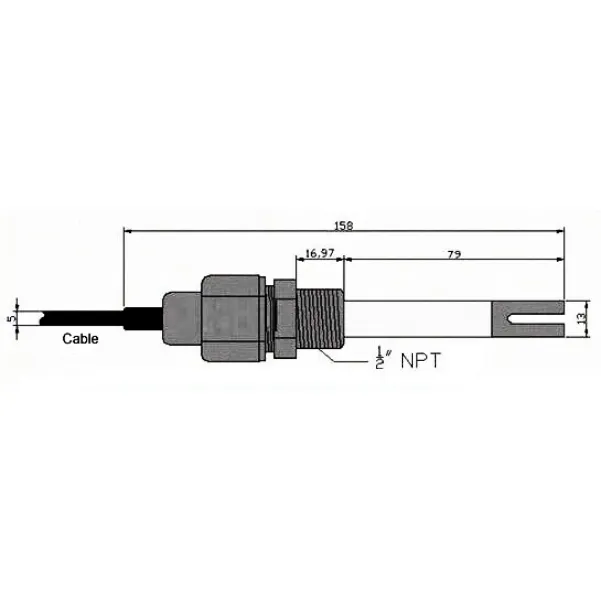
The CR-102H is built for challenging industrial applications, ensuring reliable performance.
The Making of Excellence: CR-102H Manufacturing Process
The superior performance and durability of the CR-102H are a direct result of a meticulously engineered manufacturing process that adheres to the highest industry standards. From raw material selection to final calibration, every step is designed to ensure precision, robustness, and long-term reliability. This commitment to quality is underpinned by our ISO 9001 certified quality management system, ensuring consistency and traceability.
Manufacturing Process Flow for CR-102H Sensor
1. Raw Material Sourcing & Inspection: Begin with high-grade PEEK granules (specifically selected for thermal and chemical resistance), certified 316L Stainless Steel rods, and pure electrode materials (graphite, platinum, titanium). All incoming materials undergo rigorous quality checks to verify composition, purity, and adherence to ASTM standards for metallurgy and polymers.
2. Precision Machining (CNC & Injection Molding): The PEEK sensor body components are precision injection molded or CNC machined to tight tolerances, ensuring accurate electrode spacing and robust sealing surfaces. The 316L Stainless Steel fittings and housing elements are precisely CNC machined, guaranteeing perfect fitment and pressure integrity. This step is critical for maintaining the sensor's cell constant and pressure rating.
3. Electrode Preparation & Integration: Depending on the variant, graphite electrodes are carefully prepared, platinum electrodes are precisely formed, or titanium electrodes undergo Physical Vapor Deposition (PVD) for enhanced durability and specific conductivity ranges. These electrodes are then meticulously integrated into the PEEK body, ensuring electrical isolation and structural integrity, often involving specialized high-temperature bonding agents.
4. Sensor Assembly & Sealing: All components, including the integrated Pt1000 RTD for temperature compensation, are carefully assembled in a clean environment. Advanced sealing techniques, often involving high-temperature resistant O-rings and specialized epoxies, are employed to ensure a hermetic seal against process media and prevent ingress, contributing to the sensor's IP68 rating and impressive usage lifespan (typically 5-7 years in continuous operation).
5. Initial Electrical & Leak Testing: Each assembled sensor undergoes initial electrical continuity tests to verify electrode integrity and RTD functionality. A pressure leak test (hydrostatic or pneumatic) is performed to confirm the sensor's ability to withstand its rated pressure (up to 1.6 MPa) without leakage, ensuring safety and reliability in high-pressure applications.
6. Multi-Point Calibration & Validation: Sensors are calibrated against NIST-traceable conductivity standards across their full measurement range and operating temperature range. This multi-point calibration ensures accuracy and linearity, confirming the specified ±1% of full scale accuracy (temperature compensated). Validation protocols include extended high-temperature cycling tests to simulate real-world conditions and verify long-term stability.
7. Final Quality Control & Packaging: A final comprehensive QC inspection is performed, checking for any cosmetic flaws, ensuring proper labeling, and verifying all performance parameters. Sensors are then securely packaged to prevent damage during transit, ready for deployment in demanding industries like petrochemical, metallurgy, and water/wastewater treatment, where their anti-corrosion and energy-saving advantages are highly valued.
This stringent manufacturing process ensures that every CR-102H sensor delivered meets the highest standards of quality, reliability, and performance, providing our clients with a trusted solution for their most critical high-temperature conductivity measurement needs.
Tailored to Your Needs: Customization with CR-102H
Understanding that no two industrial processes are identical, we offer extensive customization options for the CR-102H to perfectly integrate with your specific application requirements. Our engineering team works closely with clients to develop bespoke solutions, ensuring optimal performance and seamless compatibility with existing infrastructure.
- Material Selection: While PEEK and 316L SS are standard, we can discuss alternative materials for specific extreme chemical environments or higher pressure ratings, ensuring maximum anti-corrosion properties and lifespan.
- Cell Constant Optimization: For unique measurement ranges or specific media, the cell constant (e.g., 0.01, 0.1, 1.0, 10.0 cm⁻¹) can be optimized to enhance measurement accuracy and resolution.
- Process Connection Adaptation: Beyond standard NPT, G, or PG 13.5 threads, we can provide custom flange sizes, Tri-Clamp connections for hygienic applications, or specialized fittings to match your process piping.
- Cable Length and Termination: Custom cable lengths up to 50 meters or more, along with specific connector types (e.g., various DIN connectors, M12, flying leads), can be provided to suit installation distances and transmitter compatibility.
- Integrated Housings and Assemblies: For complex installations, we can offer custom immersion or flow-through assemblies, including retractable holders or specialized bypass loops, designed to simplify maintenance and ensure optimal sensor placement.
- Pre-calibration and Certification: Sensors can be pre-calibrated to specific customer-defined points and supplied with extended calibration certificates, including NIST traceability, to meet stringent regulatory or internal quality control requirements.
Our collaborative approach ensures that the CR-102H isn't just a product, but a tailored solution designed to address your unique challenges, optimize your processes, and deliver long-term value. With over two decades of experience in process instrumentation, we bring unparalleled expertise to every customization project.
Real-World Impact: CR-102H in Action (Customer Experience)
The true measure of a sensor's effectiveness lies in its performance in real-world industrial environments. The CR-102H has been successfully deployed in numerous critical applications, demonstrating its superior capabilities and delivering tangible benefits to our clients.
Case Study 1: Boiler Water Optimization in a Power Plant
A large thermal power plant faced persistent issues with scale formation in its high-pressure boilers, leading to reduced efficiency and increased downtime for descaling. Their existing conductivity sensors, rated for lower temperatures, frequently failed or drifted in the 150°C boiler blowdown lines, providing unreliable data. After implementing the CR-102H, the plant achieved continuous, accurate monitoring of boiler water conductivity at actual operating temperatures. This enabled them to precisely control blowdown rates, maintaining optimal water chemistry and preventing scale buildup. Over the first year, the plant reported a 7% increase in boiler efficiency and a 30% reduction in chemical treatment costs due to more accurate dosing, along with a significant decrease in unscheduled maintenance. The CR-102H's robust design and long-term stability were key to these improvements.
Case Study 2: Chemical Concentration Control in a Specialty Chemicals Plant
A manufacturer of specialty chemicals needed precise conductivity control for a hot, highly corrosive acid solution used in a key synthesis step, operating at 120°C. Their previous sensors, made from less resistant materials, corroded rapidly, requiring replacement every few months, leading to significant material costs and production interruptions. Our team recommended the CR-102H with its PEEK body and specialized electrodes. Since installation 2.5 years ago, the CR-102H has performed flawlessly, providing consistent and accurate readings. This has led to a 25% improvement in product yield consistency and an estimated $50,000 annual saving in sensor replacement and maintenance costs. The sensor's anti-corrosion capabilities and extended usage lifespan were critical factors in this success.
Case Study 3: Wastewater Discharge Monitoring in a Textile Mill
A textile dyeing and finishing mill was struggling with compliance for hot, chemically aggressive wastewater discharge. The temperature of the effluent often exceeded the limits of their standard sensors, leading to erroneous readings and potential non-compliance penalties. By integrating the CR-102H, they could accurately monitor the conductivity of the hot effluent up to 90°C, allowing them to optimize their neutralization and treatment processes in real-time. This proactive approach resulted in 100% compliance with discharge regulations over the past year and identified opportunities for water reuse, contributing to their sustainability goals and demonstrating significant energy savings by reducing the need for extensive post-treatment cooling.
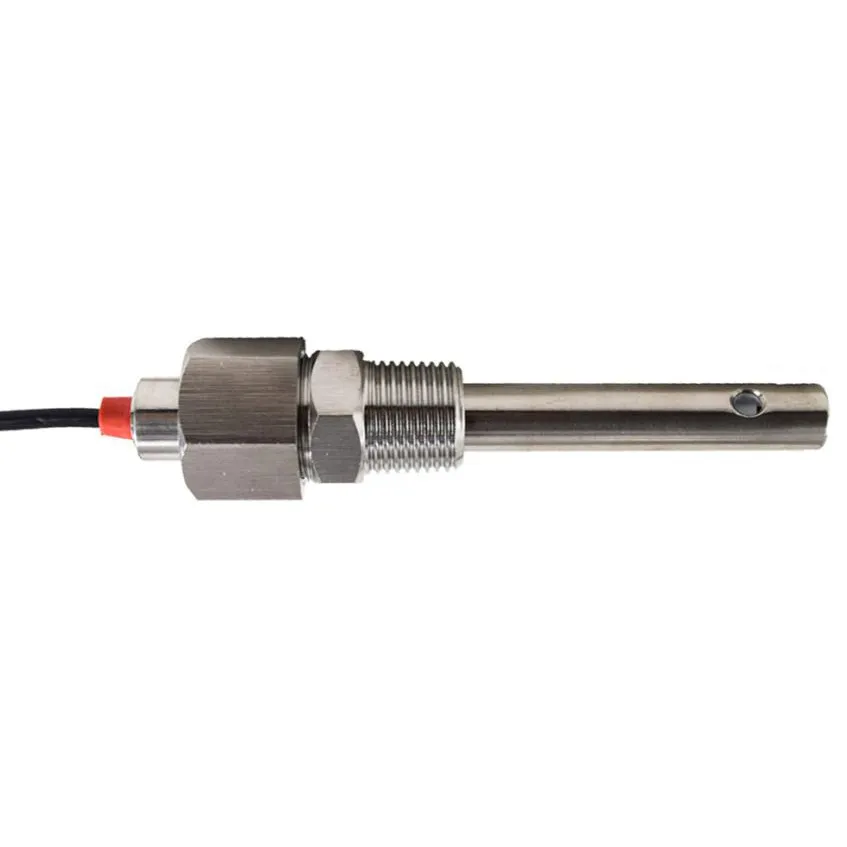
The CR-102H integrated into a process control system.
Frequently Asked Questions (FAQ) about CR-102H
A1: Designed for durability, the CR-102H typically has a lifespan of 5-7 years, even in continuous high-temperature and chemically aggressive environments. This is largely due to its high-quality materials like PEEK and 316L SS, and robust manufacturing processes.
A2: The primary materials include a PEEK (Polyether Ether Ketone) sensor body for exceptional chemical and thermal resistance, 316L Stainless Steel for structural integrity and pressure resistance, and various electrode materials such as graphite, platinum, or PVD coated titanium for specific application needs.
A3: The CR-102H features an integrated Pt1000 or NTC10K RTD (Resistance Temperature Detector) that automatically measures the process temperature. This data is then used by a compatible transmitter to apply precise temperature compensation, normalizing the conductivity reading to a standard reference temperature (typically 25°C) according to algorithms like the ASTM D1125 standard for specific applications.
A4: Installation should follow standard industrial practices for in-line sensors, ensuring proper flow conditions and accessibility for maintenance. Common process connections include NPT 3/4", G 3/4", or PG 13.5. We recommend ensuring the sensor is fully submerged and positioned away from turbulence or air bubbles for optimal accuracy. Detailed installation guides are provided with each product.
A5: Yes, the CR-102H can be calibrated on-site using standard conductivity calibration solutions. We recommend periodic recalibration as part of a regular maintenance schedule to ensure continued accuracy, especially for critical applications. The calibration interval will depend on the application severity and required accuracy levels.
A6: The CR-102H is rated for pressures up to 1.6 MPa (16 bar or 232 PSI), making it suitable for a wide range of pressurized process applications. Its robust construction ensures integrity and safety even under fluctuating pressure conditions.
A7: Industries such as power generation (boiler water, steam condensate), petrochemical and chemical processing (hot acids, caustic solutions), metallurgy, and certain specialized wastewater treatment applications benefit significantly from the CR-102H's ability to operate accurately and reliably at high temperatures and in corrosive media.
Delivery & Support: We typically offer a standard delivery time of 2-4 weeks, with expedited options available for urgent requirements. Each CR-102H sensor comes with a 12-month limited warranty covering manufacturing defects. Our dedicated technical support team is available to assist with selection, installation, calibration, and troubleshooting, ensuring maximum uptime and performance for your process.
References:
- Grand View Research. (2023). Process Analytical Technology Market Size, Share & Trends Analysis Report By Product, By End-use, By Region, And Segment Forecasts, 2023 - 2030. https://www.grandviewresearch.com/industry-analysis/process-analytical-technology-pat-market
- ASTM International. (2018). ASTM D1125-14 Standard Test Methods for Electrical Conductivity and Resistivity of Water. https://www.astm.org/d1125-14.html
 Pervious
Pervious
This is the first article
Related Products
Related News


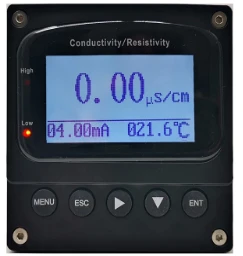
2025-07-31 11:20:11
Water Quality: Mastering TDS and ConductivityWhen it comes to assessing water quality, understanding the electrical conductivity of substances like titanium dioxide is crucial.
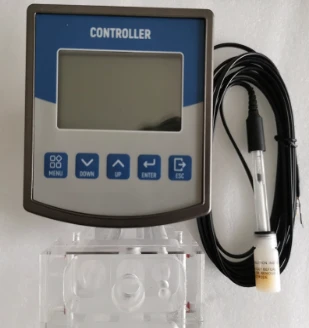
2025-07-31 11:14:31
Smart Tools For Chlorine DetectionA reliable chlorine monitoring system is essential for maintaining safe water quality in municipal supplies, industrial plants, and swimming pools.
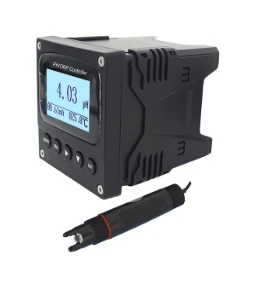
2025-07-31 11:11:41
Smart Control For Clean WaterManaging ORP pool chemistry is essential for keeping swimming pools clean, safe, and bacteria-free.
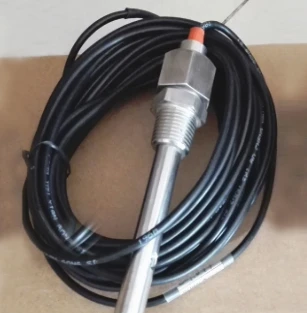
2025-07-31 11:08:32
Sensor Solutions for Every ApplicationA level sensor is essential for monitoring and maintaining liquid or solid levels in tanks, silos, and containers.
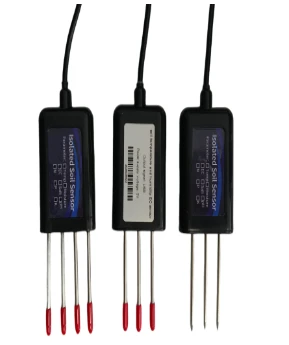
2025-07-31 11:04:38
Precise Measurement Starts With Smart TransmittersA transmitter 4 based on the 4-20mA current loop is a key tool for signal stability in industrial systems.
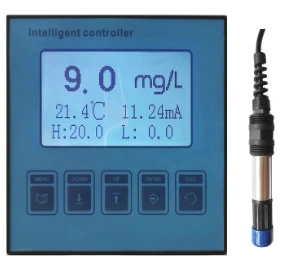
2025-07-31 11:01:10
Dissolved Oxygen: Measure with PrecisionWhen it comes to monitoring dissolved oxygen levels, the oxygen probe sensor is a vital tool.
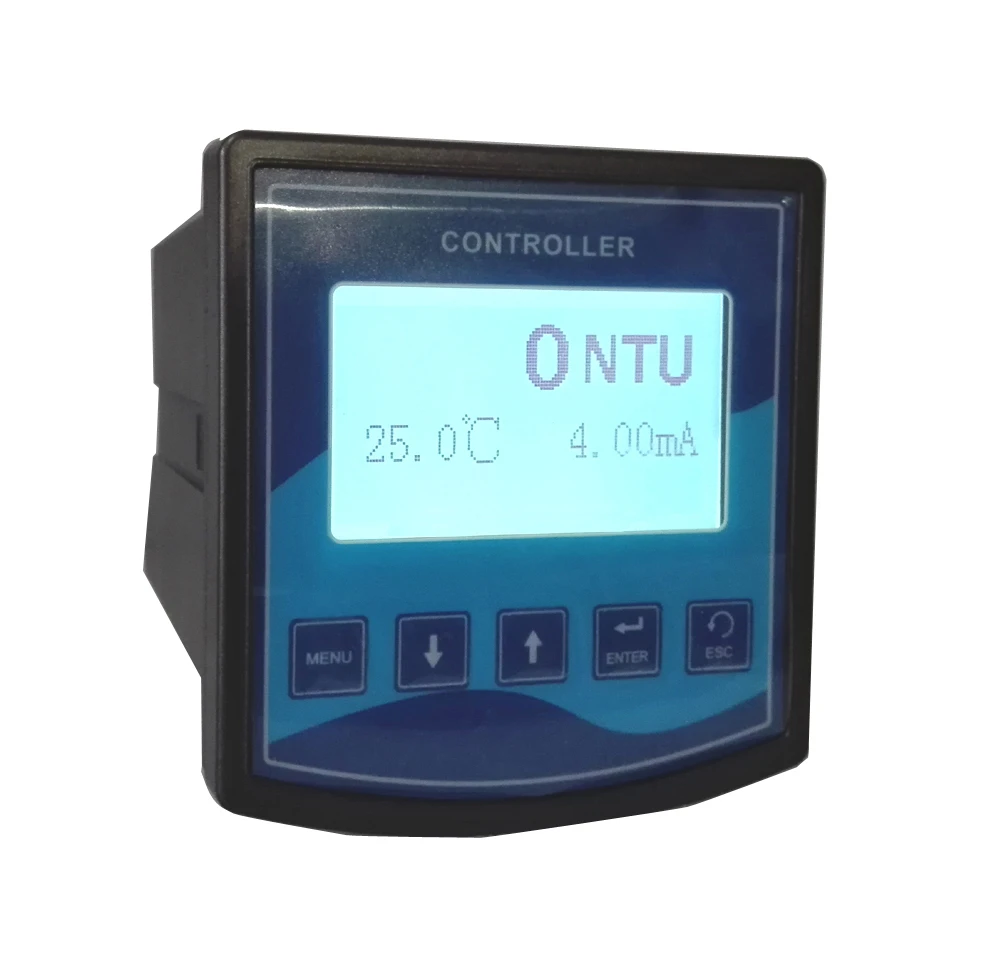
2025-05-22 16:46:14
Turbidity Test Fixtures: Advanced and Reliable Quality Assurance ToolsTurbidity, as an important indicator for measuring liquid transparency, is widely used in environmental monitoring, food and beverage production, pharmaceutical industry, and other fields.
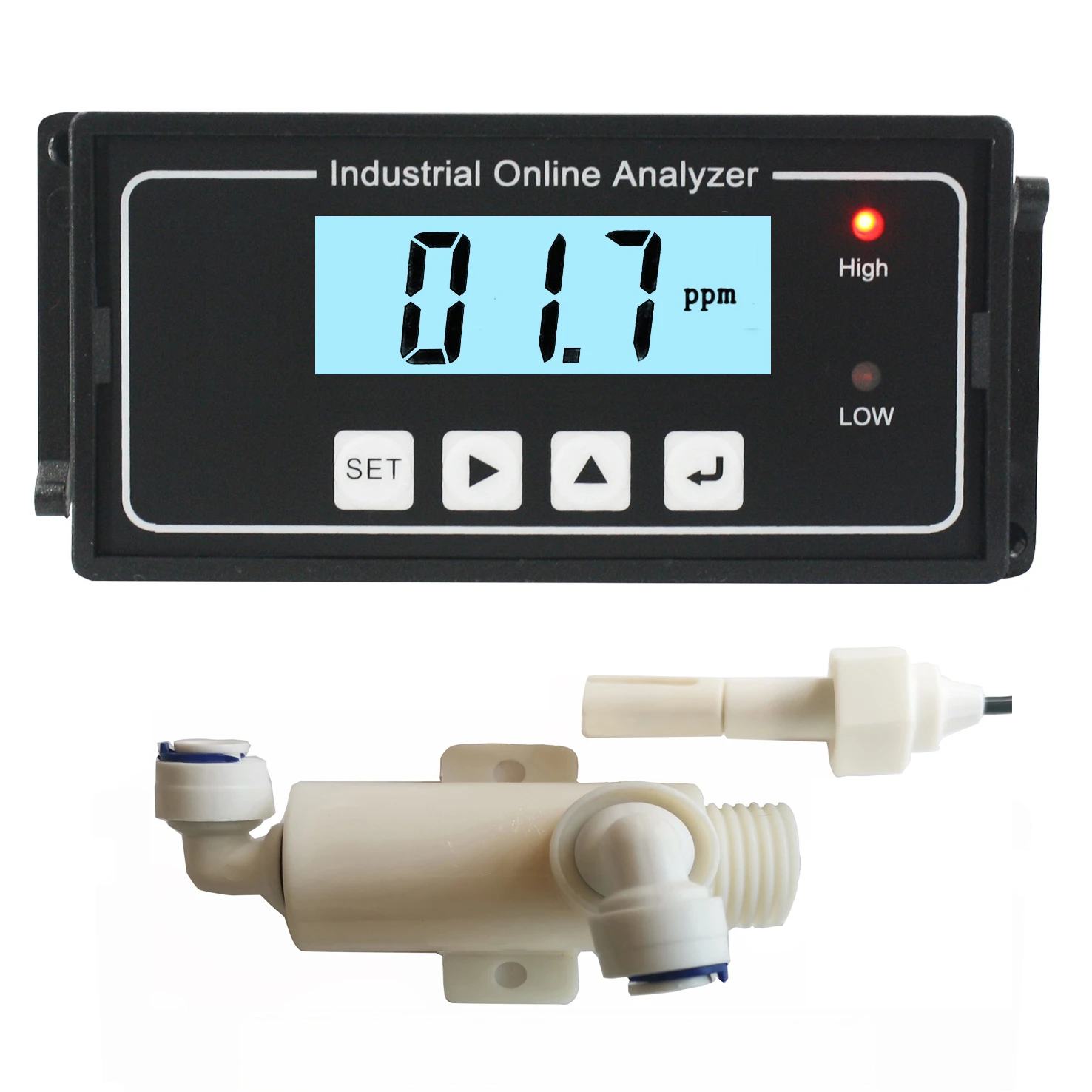
2025-05-22 16:43:21
Total Dissolved Solids: Importance in Irrigation, Industrial Processes, and ApplicationsTotal Dissolved Solids refers to the total content of various inorganic salts and organic matter dissolved in water, and is one of the important indicators for measuring water quality.
